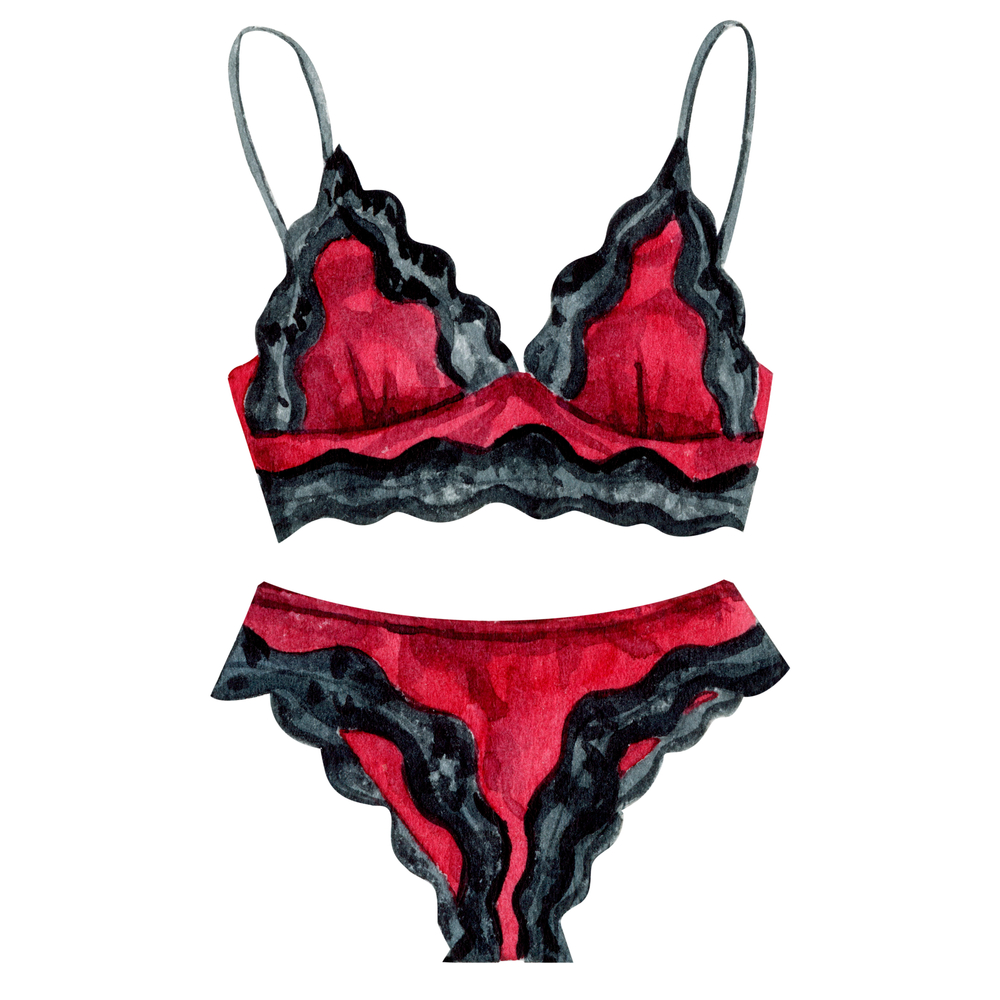Women’s Underwear & Panties: Trends 2025
The evolution of women's underwear continues to reflect broader societal shifts in fashion, sustainability, and personal expression. As we approach 2025, the intimate apparel industry is undergoing significant transformation, moving beyond traditional designs to embrace innovation in materials, inclusivity in sizing, and sustainability in production. These advancements aren't merely aesthetic but speak to deeper changes in how women relate to their undergarments—viewing them less as necessities and more as extensions of personal style, comfort, and values.

Key Trends Shaping Women’s Underwear in 2025
The women’s underwear landscape in 2025 will be defined by several pivotal trends that bridge functionality with fashion-forward thinking. Smart textiles are emerging as game-changers, with temperature-regulating fabrics that adapt to body heat becoming more mainstream. These innovations address common discomfort issues while extending the lifespan of intimate garments. Additionally, personalization technology is advancing, allowing consumers to customize fit, fabric density, and absorption levels based on individual body types and preferences. Digital sizing tools using AI technology are also becoming standard, helping shoppers find their perfect fit without traditional in-store try-ons, reducing return rates and improving customer satisfaction.
How Panties Evolve with Fabrics and Inclusive Designs
The evolution of women’s underwear is particularly evident in the dramatic expansion of size ranges and fit options. Brands are finally acknowledging the diversity of body types by offering extended sizing from XXS to 6XL as standard practice rather than as specialty lines. This shift is accompanied by innovations in fabric technology, with micromodal, bamboo blends, and recycled nylons replacing traditional cotton. These materials offer superior breathability, moisture-wicking properties, and softer feel against the skin. Perhaps most notably, adaptive underwear designed specifically for different mobility needs and physical conditions is seeing significant growth, featuring side-opening designs, sensory-friendly seams, and adjustable waistbands that prioritize both dignity and comfort.
Color Palettes and Cuts Transforming Women’s Lingerie
The aesthetic direction of women’s underwear in 2025 signals a departure from predictable pastels and basic blacks. Gender-neutral color palettes featuring earthy tones, rich jewel colors, and vibrant color-blocking are becoming prevalent across all brand categories. Cut variations are also expanding beyond traditional silhouettes, with high-waisted briefs remaining popular while new hybrid designs combine elements of different styles—such as the “brief-thong” that offers coverage in front with minimal material in back. Vintage-inspired cuts are experiencing a resurgence, with modern updates to 1940s tap pants and 1950s full briefs appearing in contemporary collections. These designs incorporate modern technical fabrics while maintaining retro aesthetics, appealing to consumers seeking both nostalgia and function.
The Role of Sustainability in Shaping Women’s Underwear
Sustainability has moved from being a niche selling point to a fundamental aspect of underwear production for 2025. Biodegradable materials that decompose within 3-5 years (compared to 200+ years for conventional synthetic underwear) are gaining market share. Closed-loop manufacturing systems, where brands take responsibility for their products’ entire lifecycle, are becoming industry standards rather than exceptions. Many leading manufacturers now implement water-conservation dying techniques that use up to 80% less water than traditional methods, while carbon-neutral production commitments are increasingly common. Consumers are responding positively to transparency in supply chains, with QR codes on packaging allowing purchasers to track their garment’s journey from raw material to finished product.
Why Underwear is Becoming a Tool of Personal Expression
Women’s underwear is increasingly serving as a medium for personal and political expression. The line between innerwear and outerwear continues to blur, with bralettes designed to be visible under clothing or styled as tops. Statement pieces featuring bold graphics, political messages, and artistic collaborations are moving underwear beyond pure functionality into realms of self-expression previously reserved for outer garments. This shift is accompanied by growth in period underwear technology, with absorption capacities increasing while maintaining slim profiles indistinguishable from regular underwear. These innovations reflect changing attitudes about menstruation and body processes—removing stigma while enhancing comfort during all body cycles. The underwear drawer of 2025 is becoming as diverse and expressive as the rest of a woman’s wardrobe.
The women’s underwear market of 2025 demonstrates that even the most basic garments can reflect complex societal values and technological innovation. As consumers increasingly demand comfort without compromise, sustainability without sacrifice, and inclusivity as standard, the industry continues to respond with meaningful advancements that respect both people and planet. These developments suggest that the future of intimate apparel lies not just in how underwear looks, but in how it makes wearers feel—physically, emotionally, and ethically.




